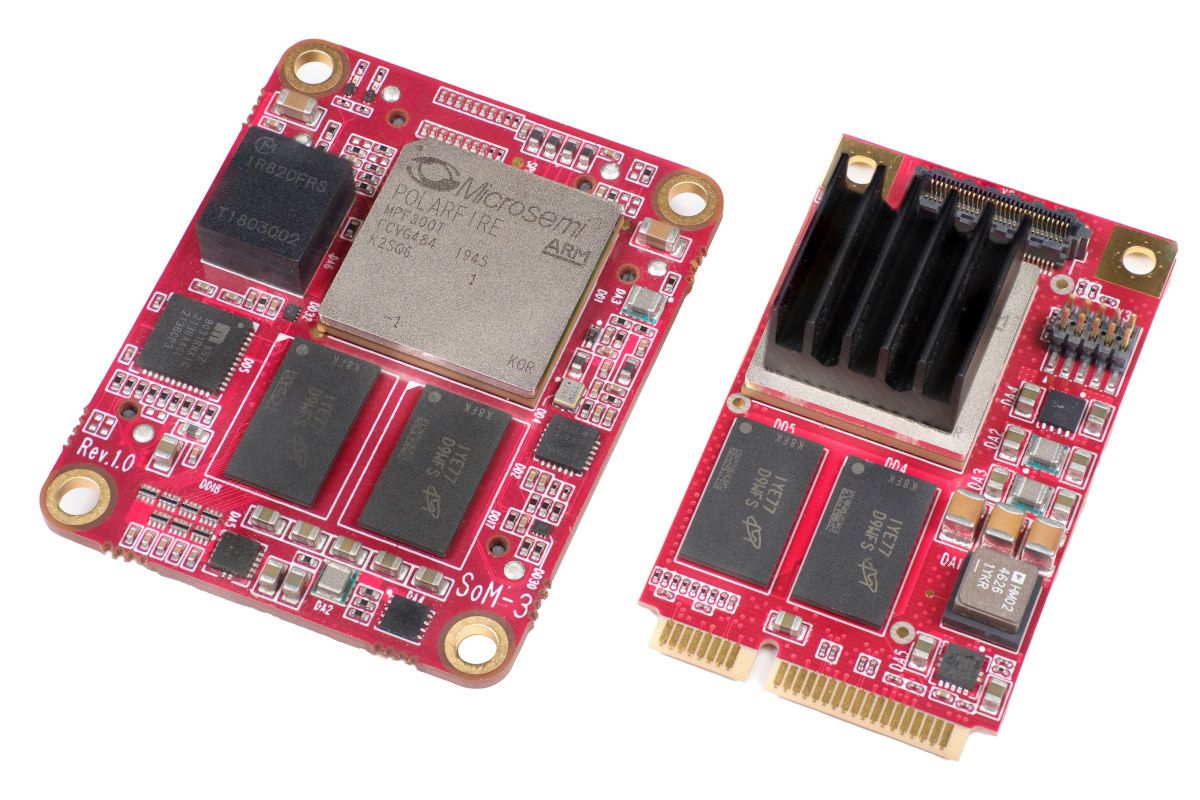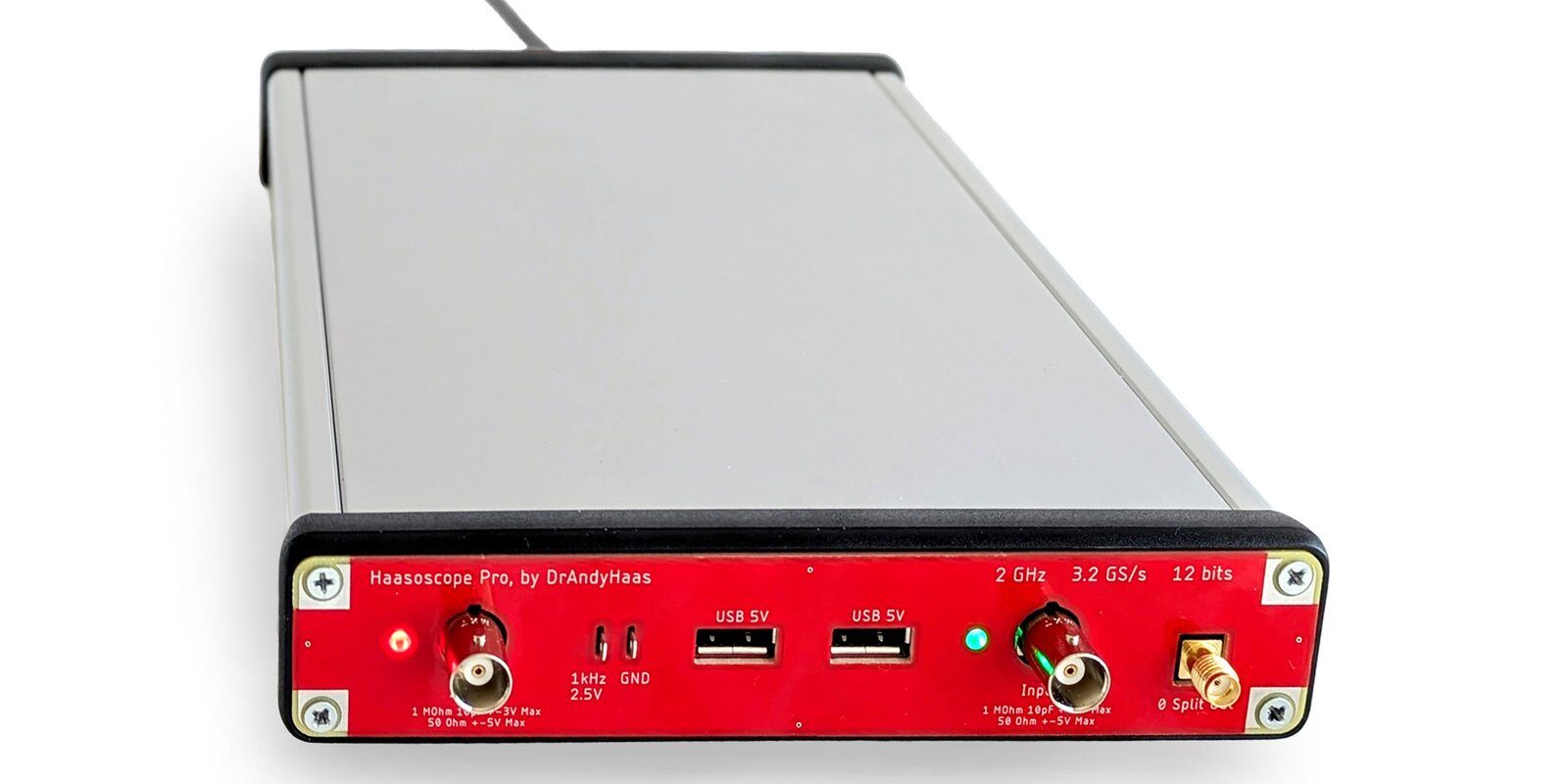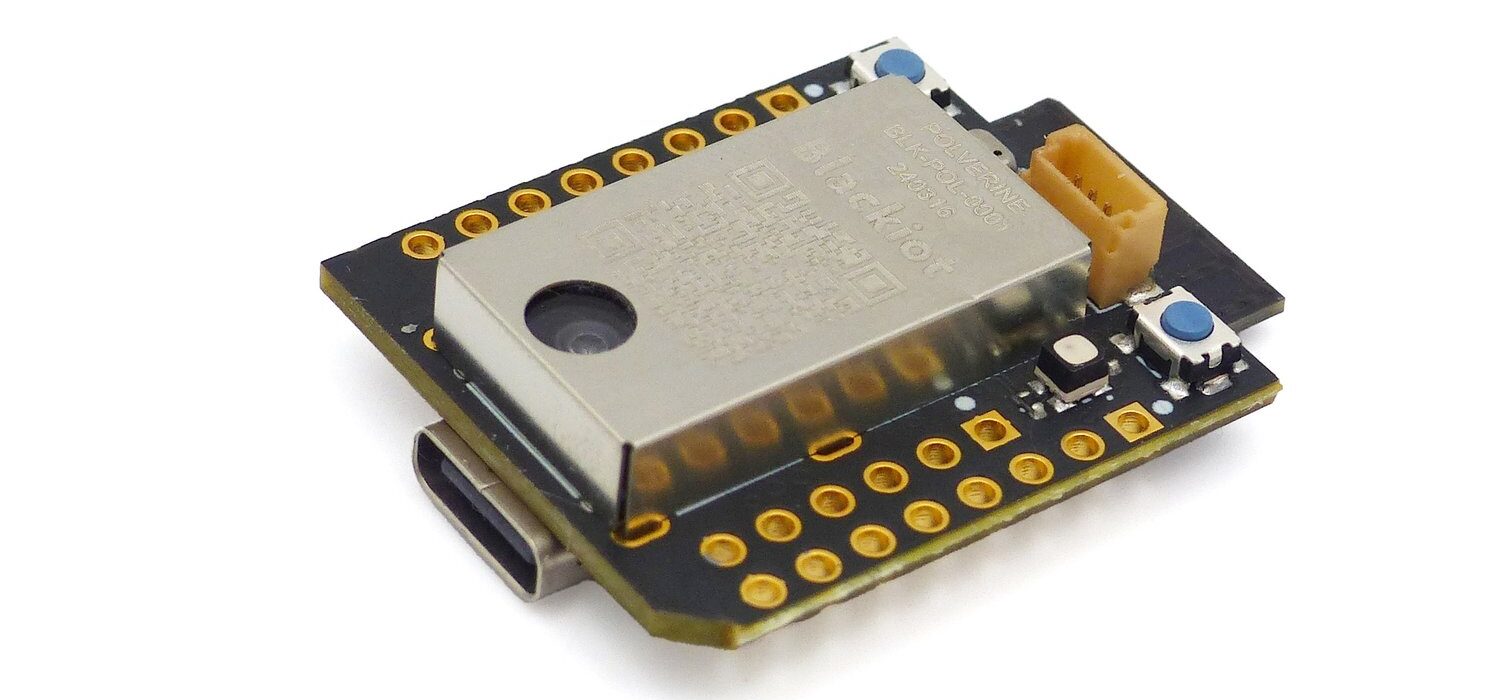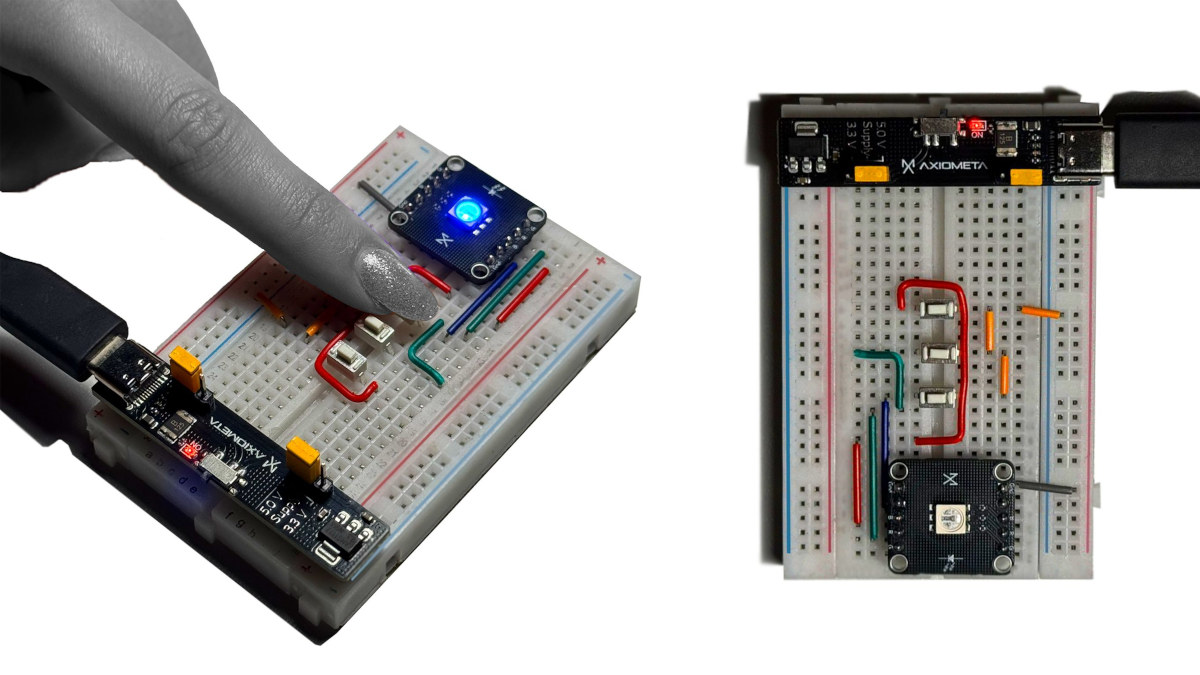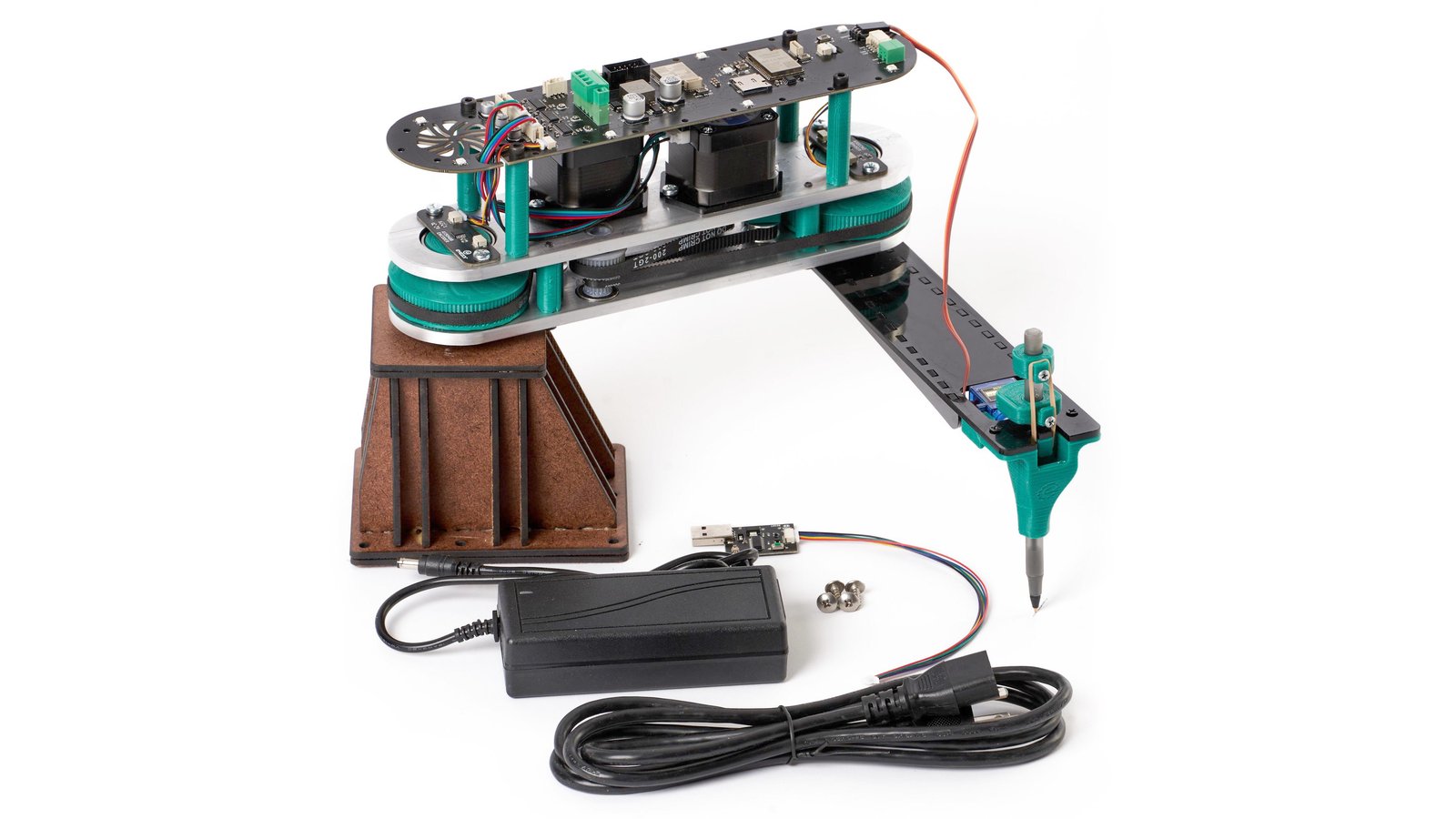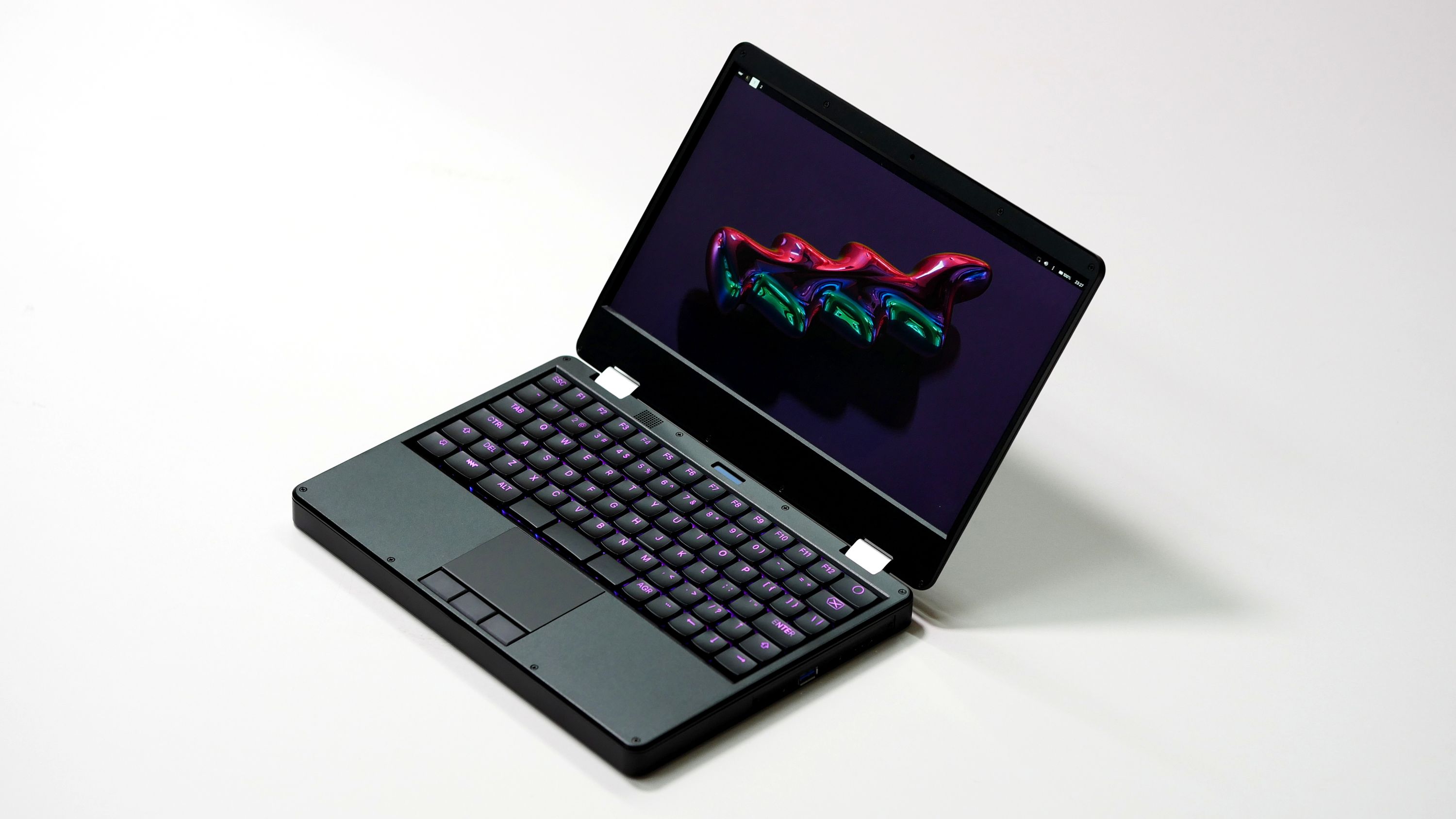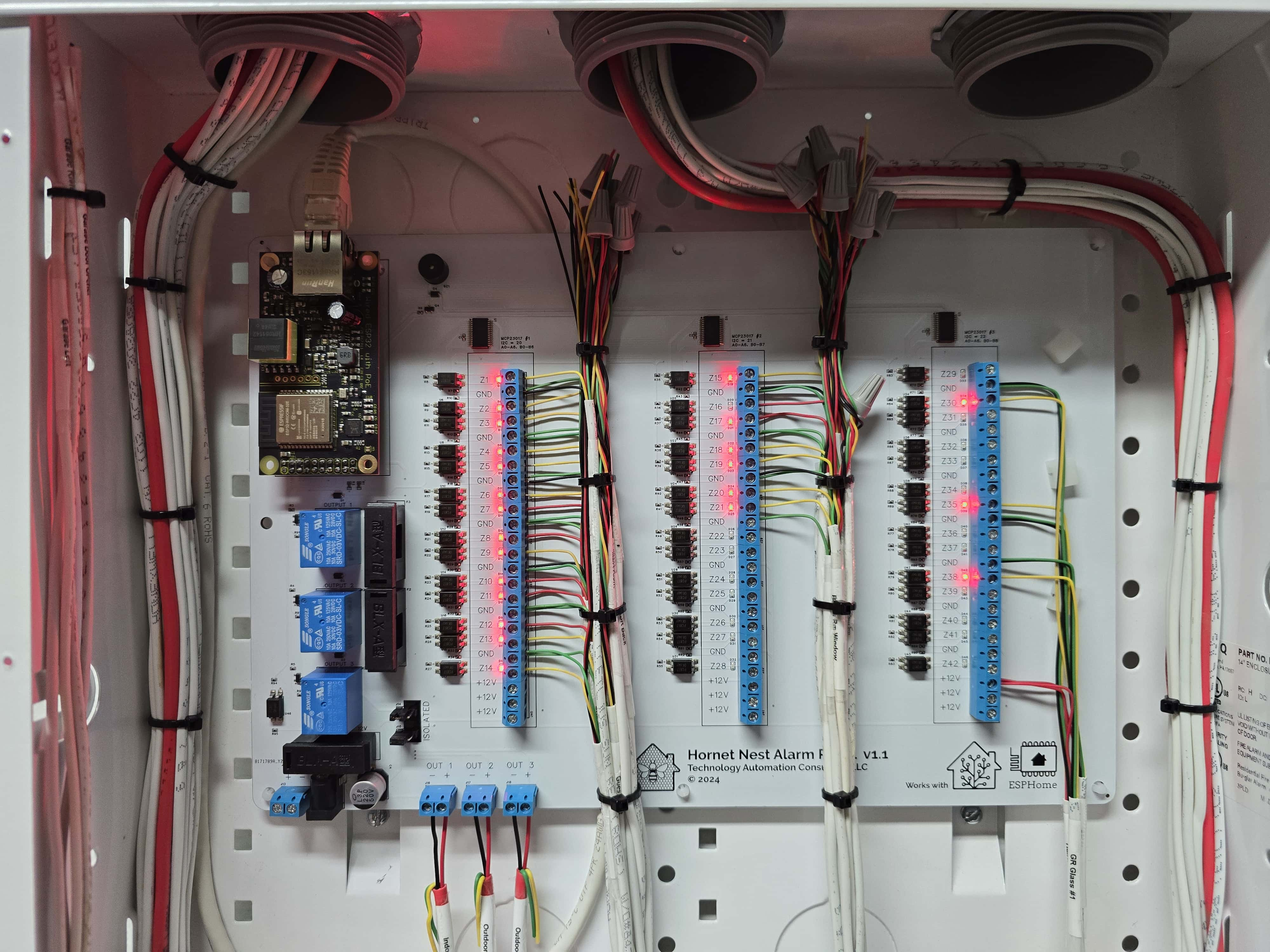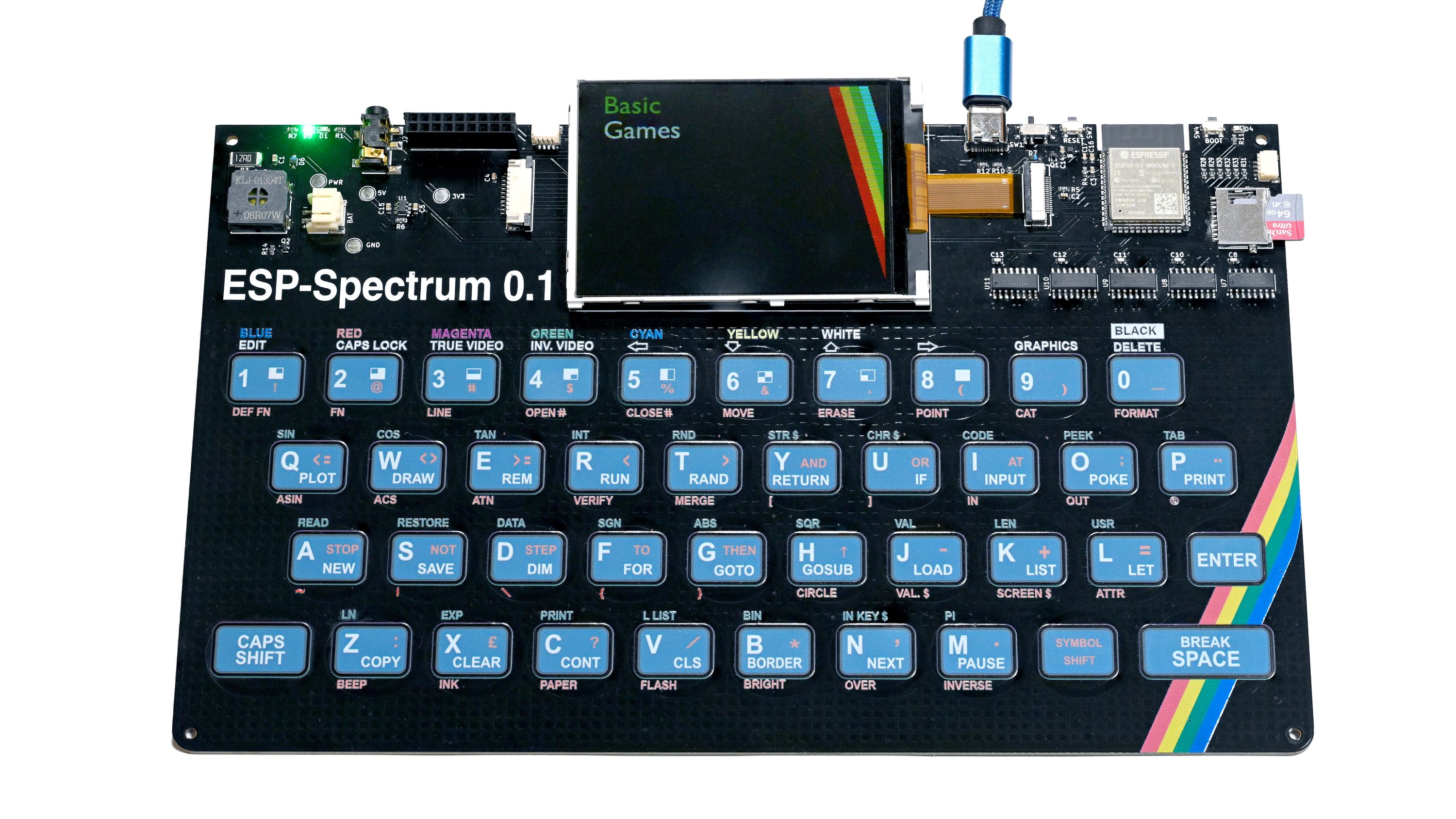TinyBeast FPGA is a compact module based on Microchip PolarFire MPF100T or MPF300T FPGA with up to 300K logic elements and a hard PCIe interface that is suitable for automation, measurement, and robotics applications. Two versions of the module are available: the TinyBeast FPGA P mini PCIe module designed for integration with embedded systems, and the TinyBeast FPGA S with B2B connectors designed to be connected to a carrier board. TinyBeast FPGA P TinyBeast FPGA P specifications: FPGA – Microchip PolarFire FPGA TinyBest FPGA P-300 – MPF300T-1FCVG484E FPGA with 300K LE, 10.6 Mbit embedded RAM, 924 DSP blocks TinyBest FPGA P-100 – 100K LE, 5.2 Mbit embedded RAM, 288 DSP blocks System Memory – 4 GB DDR4 memory Storage – SPI flash Host interface – PCIe x1 Gen2 as EP via mini PCIe edge connector Expansion – Samtec SS4-30-3.00-L-D-K I/O connector for GPIOs and up to 12.7 Gbps transceivers Debugging […]
Haasoscope Pro open-source, real-time sampling USB oscilloscope supports up to 2GHz bandwidth (Crowdfunding)
The Haasoscope Pro is an open-source hardware, high-bandwidth, and real-time sampling USB oscilloscope. Building upon its predecessor, the Haasoscope, the new Pro model offers a bandwidth of 2GHz, 12-bit resolution, and a 3.2GS/s sampling rate. The Haasoscope Pro USB oscilloscope is “designed to be low cost, while maintaining super-fast performance.” While it only comes with 2 channels, the flexible design makes it possible to combine and sync multiple devices (using Cat5 cables) to double the sample rate or add more channels. The oscilloscope works with standard x10 passive probes but a custom active probe, the Haasoscope Pro-be, is also offered. It supports the full 2GHz analog bandwidth and is priced much cheaper than similar probes. The Haasoscope Pro USB oscilloscope’s high sampling rate and bandwidth make it ideal for radio frequency signal analysis and high-speed digital debugging. It is similar to the ThunderScope Thunderbolt and PCIe oscilloscope which offers more […]
Polverine – A compact, mikroBUS-compatible environmental sensing platform with PM 2.5 and gas sensors (Crowdfunding)
Polverine is a mikroBUS-compatible environmental sensing platform featuring a BMV080 PM2.5 sensor and a BME690 gas sensor, plus an Espressif ESP32-S3-MINI-1 module to add Wi-Fi 4 and Bluetooth 5 connectivity. The onboard BMV080 sensor is described as the “world’s smallest PM2.5 sensor” at 4.2 x 3.5 x 3mm. The PM2.5 particulate matter sensor is complemented by the BME690 which measures temperature, humidity, and pressure, and detects volatile organic compounds (VOCs) for complete environmental monitoring. The board offers sufficient processing power for quick data handling, with wireless connectivity for easy integration into IoT systems and smart devices. Projected applications for the sensor platform include indoor air quality monitoring, smart homes, HVAC systems, industrial monitoring (gas leak and pollution monitoring), wearables for personal air quality tracking, and anomaly detection in emergency scenarios. We have seen other ESP32-based environmental sensor platforms such as the Sensy32 board, MoreSense MS-06, and AirGradient One, but the […]
Brodboost-C is a USB Type-C breadboard power supply board with adjustable 3.3V or 5V voltage (Crowdfunding)
Axiometa BrodBoost-C is a USB Type-C breadboard power supply with a simple design that powers both rails of a breadboard with voltage adjustable between 3.3V or 5V. It also includes an on/off switch, an LED indicator, and built-in fuse protection. BrodBoost-C specifications: Output voltage – Adjustable: 3.3V or 5V DC Maximum current – 1A Ports USB Type-C connector for power input 2x 2×5 2.54 mm breadboard-compatible power and ground rails 2x 3-pin 2.54 mm selection headers with 2x jumper caps Safety – Short circuit protection Input filtering – Ferrite bead for noise suppression and decoupling capacitors Misc – Red Power LED, ON/OFF power switch Voltage regulation: 5.0 V selected by USB CC Pins (5.1 k resistors) 3.3 V step-down regulation via AMS1117-3.3 Dimensions – 54 x 19.5 x 11.4 mm Weight – About 20 grams We’ve written about several breadboard power supplies over the years including the Toaster board with […]
Tobor open-source, modular robotic arm features two ESP32 modules (Crowdfunding)
Tobor (robot spelled in reverse) is a modular and open-source robotic arm platform powered by the ESP32-WROVER-I and ESP32-WROOM-32 (FluidNC CNC Controller core) modules. It is described as a “fully-featured robotic system that can fit on your desktop and is capable of helping you automate your workflow.” Tobor is billed as a customizable assistant for complex tasks such as assembly line help, CNC design, and rapid prototyping. The Tobor ecosystem includes several open-source components, including robotic arms, motion platforms, sensors, and actuators, that can be combined to create a unique system for “almost any desktop automation.” The Tobor Robot Arm supports multiple toolhead options such as the pen plotter toolhead, z-stage toolhead with 4th axis and suction cup, and the pick and place expansion pack. We have seen other open-source robotic platforms such as the SO-ARM100 AI robotic arm kit, CYOBot v2, and MIKRIK V2 Robot Car. Tobor Robot Arm […]
MNT Reform Next is an open-source, RK3588-powered modular 12.5-inch laptop (Crowdfunding)
The MNT Reform Next brings the Rockchip RK3588 processor to the modular laptop series. It retains the open-hardware nature of the older MNT Reform and introduces a lighter and more modular design, complete with a much faster processor. The MNT Reform Next separates the three port boards from the main motherboard, allowing for greater customization and modification than its predecessors. The standard processor module (RCORE) can be swapped with other modules such as the Raspberry Pi CM4, as well as NXP i.MX 8M Plus, NXP LayerScape 1028A, and AMD Kintex-7 FPGA modules. Like the classic MNT Reform and the MNT Pocket Reform, the enclosure for the Reform Next is milled from anodized, bead-blasted aluminum. Apart from being repairable and customizable, the RK3588 modular laptop is powerful enough to be a daily driver for browsing, writing, programming, gaming, graphics design, sound creation, and video editing. MNT Reform Next specifications: SoM SoC […]
Hornet Nest Alarm Panel – An Home Assistant-compatible, ESP32 home security automation platform with PoE and 42-zone support (Crowdfunding)
The Hornet Nest Alarm Panel is a customizable, ESP32-based alarm control system designed and produced by US-based Technology Automation Consulting for home security automation. The device is powered by the wESP32 Ethernet board with PoE support and is compatible with Home Assistant through the ESPHome firmware. It features up to forty-two optoisolated zones, six MOSFET-controlled outputs, and six additional trigger outputs for 3.3V devices. It integrates a piezo buzzer and supports add-ons like a Wiegand keypad and water leak sensors. The Hornet Nest Alarm ESP32-based home security platform “aims to bridge the gap between traditional wired security systems and the flexibility of modern smart home automation.” Christopher Greenless of Technology Automation Consulting says the project was born from his need for a robust and smart security system to integrate with his Home Assistant setup. Proprietary solutions were inadequate and limited while DIY options were inefficient and often unreliable. He created […]
ESP32 Rainbow is an open-source, ESP32-S3-powered ZX Spectrum single board computer (Crowdfunding)
Retrocomputing enthusiasts will be delighted to learn that a new ZX Spectrum replica is on the market: the ESP32 Rainbow. The single board computer swaps the Zilog Z80 for an ESP32-S3 microcontroller chip running an emulator, bringing the classic 80s computer back to life with a modern twist. It features a built-in color display, a microSD card slot for storage, a built-in touch keyboard in the ZX Spectrum style, and a USB Type-C port for power and data. The keyboard was recreated using full-color UV printing and is the most true-to-life component of the ESP32-S3-based ZX Spectrum single board computer. The touch keys won’t likely offer the best typing experience but that is reminiscent of the original ZX Spectrum. A lovely cherry on top is that the onboard USB-C port supports HID and the device can be used as a keyboard on another computer. The ZX Spectrum is one of […]


